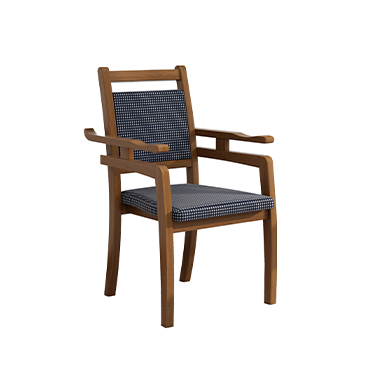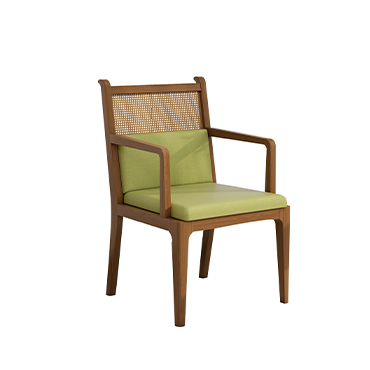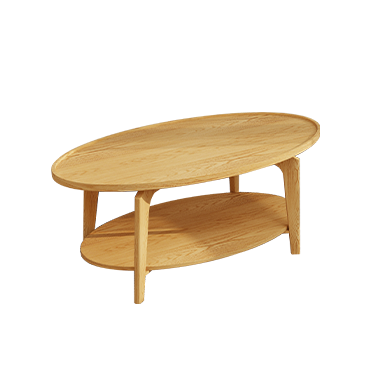China Takes the Lead in Setting International Standards for "Robot + Elderly Care"

Recently, the International Electrotechnical Commission (IEC) officially released the international standard for elderly care robots (IEC 63310 "Performance Guidelines for Active Assisted Living Robots Used in Connected Home Environments") led by China. This standard, based on the physiological and behavioral characteristics of the elderly, provides benchmarks for the design, manufacturing, testing, and certification of various elderly care robots, which will guide the healthy development of the global elderly care robot industry.
The standard focuses on the needs and characteristics of the elderly in daily life, health care, and other aspects within a connected home environment. Based on the level of support required by elderly users, it classifies the functions and performance of elderly care robots. In addition to general requirements such as usability, reliability, accessibility, energy consumption, and noise, it also specifies technical requirements for health status and emergency monitoring services provided by elderly care robots, communication support with family members and caregivers, diversified support for household chores, entertainment, home management, care activities, mobility support for outdoor and walking assistance, as well as information and data management performance.
According to the World Health Organization, the global population aged 60 and above is expected to reach 2.1 billion by 2050, including 426 million people aged 80 and above. As people age, they will experience varying degrees of functional decline or disability in areas such as perception, physical ability, and cognition. The emergence of elderly care robots can not only reduce the caregiving burden on society and families but also support elderly people in living a dignified, high-quality independent life at home.
The release of this standard will guide elderly care robot manufacturers to focus precisely on the physiological and psychological characteristics and needs of the elderly, develop products accordingly, improve product quality, and further enhance the elderly's ability to integrate into society, benefiting the global aging population.





